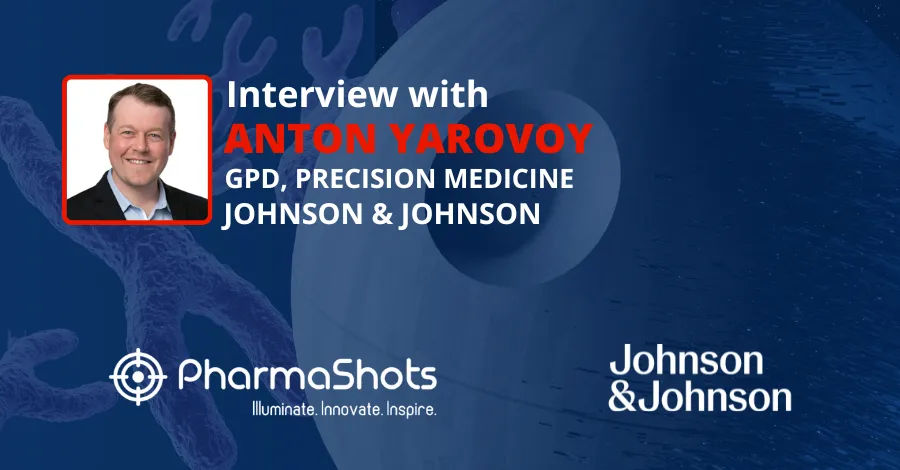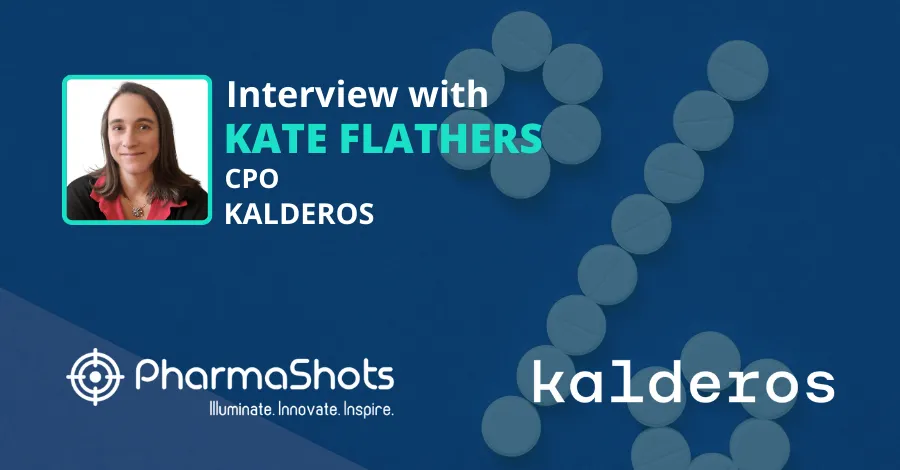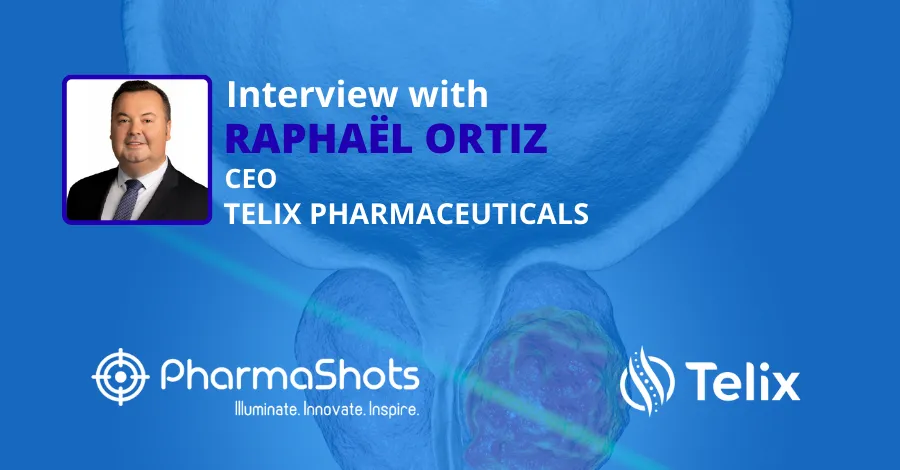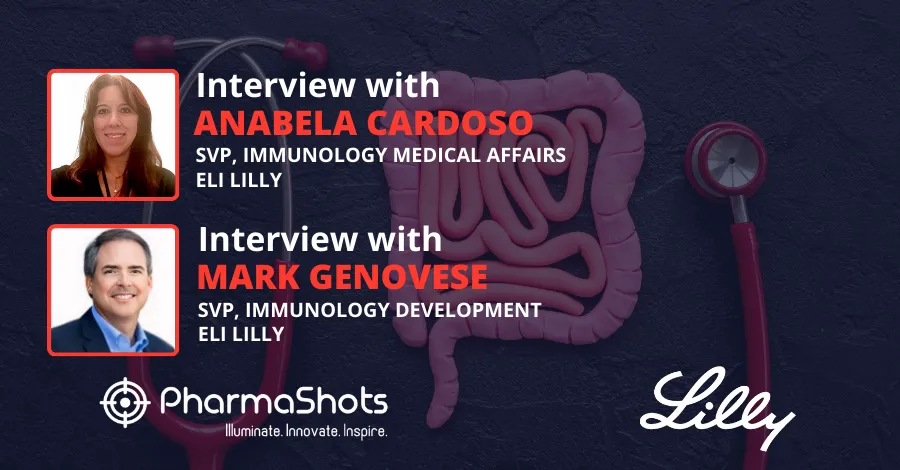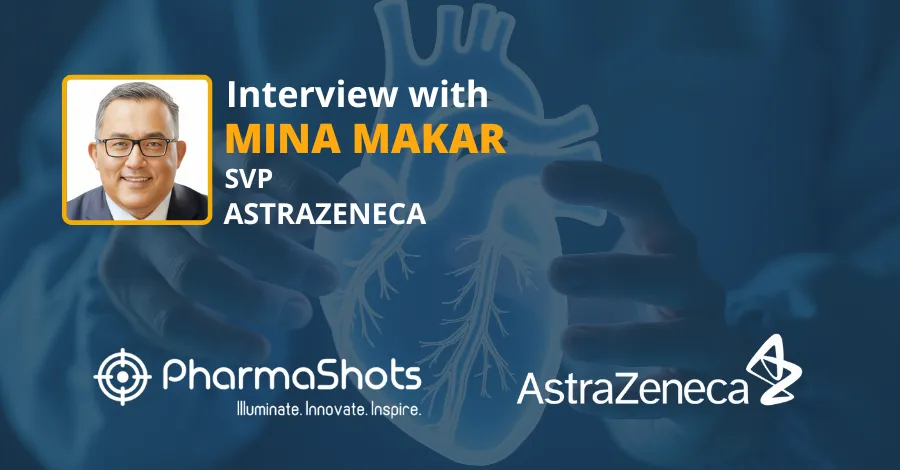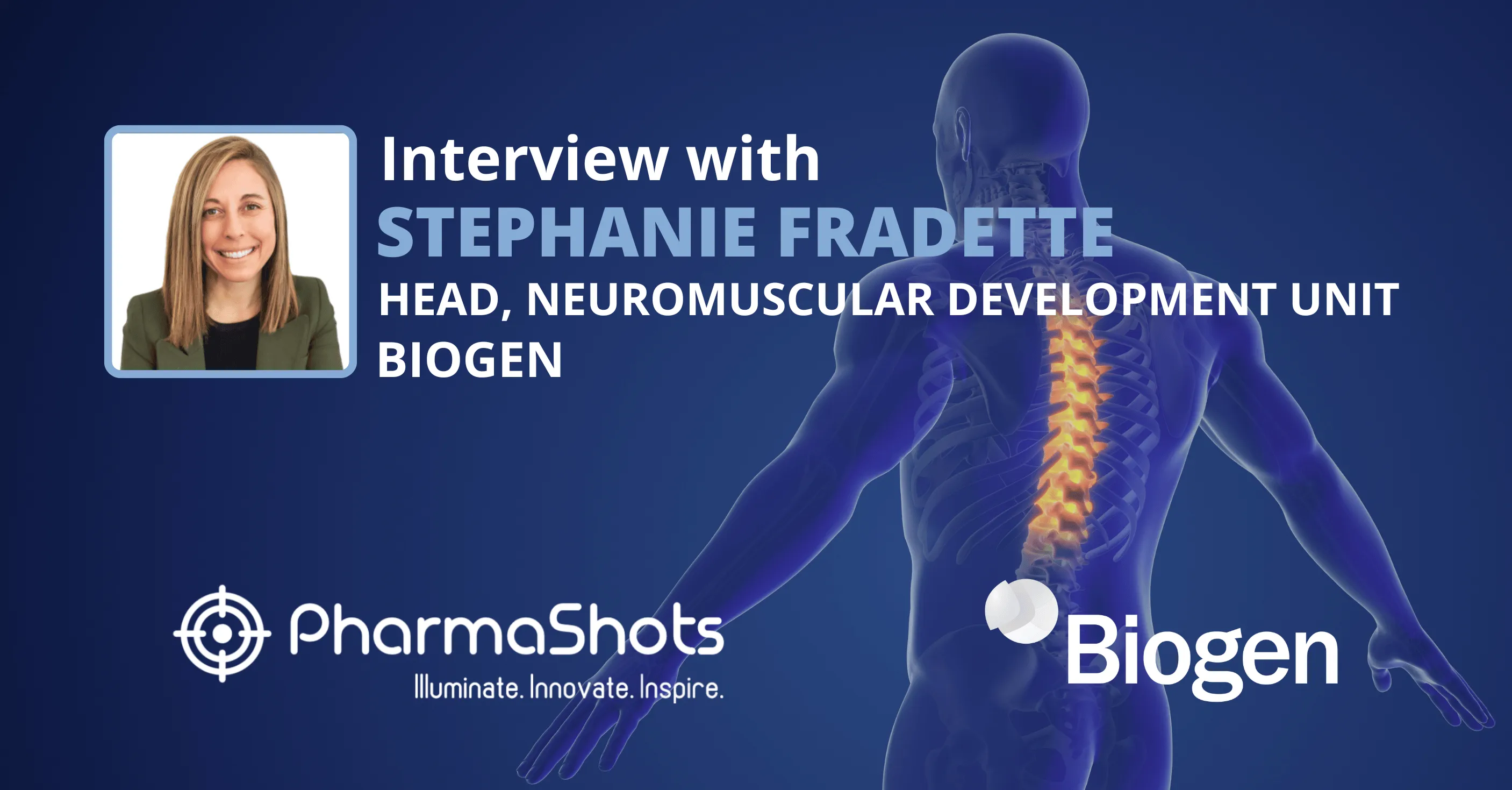
Sergey Yurasov Shares Insights on Initial Dose Escalation Data of BDTX-1535 for the Treatment of Non-Small Cell Lung Cancer Patients
Shots:
-
During the initial part of conversation, Sergey discussed details about the BDTX-1535 and the trial design of the P-I study where 1535 is being investigated in NSCLC and GBM patients
-
He then discussed the insights drawn from the first 51 patients recruited in the dose escalation part of the P-I study
-
In the final segments of the interview, Black Diamond’s Sergey spoke about the proprietary platform “MAP Platform” and how it is structured
Saurabh: Shall we start with the details of BDTX-1535 (its MOA, ROA, and formulation)?
Sergey Yurasov: Epidermal growth factor receptor (EGFR) is a potent driver of tumor growth commonly altered in certain cancers such as non-small cell lung cancer (NSCLC) and glioblastoma multiforme (GBM). For patients with NSCLC, EGFR can be driven by two groups of mutations: classical driver mutations and multiple atypical or uncommon (intrinsic) driver mutations which can be up to 50 unique mutations. These classical and intrinsic driver mutations may be present at the time of a patient’s first diagnosis and can remain despite treatment with drugs targeting EGFR which are called EGFR tyrosine kinase inhibitors or TKIs. Osimertinib is the most used drug in lung cancer patients with these types of EGFR mutations. Importantly, treatment with osimertinib may lead to the development of an acquired resistance mutation, which renders it ineffective. For patients with GBM, a different type of EGFR mutation may contribute to tumor growth.
BDTX-1535 is a new member of the EGFR TKI class of drugs. It is an orally administered highly active investigational drug that is termed a MasterKey inhibitor because it is uniquely designed to target more than 50 oncogenic EGFR driver mutations and acquired drug resistance mutations that are found in patients with NSCLC or GBM. In the presence of such mutations, BDTX-1535 tightly binds to an altered EGFR to prevent it from driving further tumor growth. At the same time, it spares the normal EGFR which is important to avoid skin and gut toxicity commonly seen with EGFR TKIs. Finally, BDTX-1535 is designed to get into the central nervous system (CNS) to effectively treat both NSCLC patients with brain metastases as well as patients with GBM.
Saurabh: Give us some more information on the study design of the P-I trial evaluating BDTX-1535 for the treatment of non-small cell lung cancer (NSCLC) and glioblastoma multiforme (GBM).
Sergey Yurasov: Our Phase 1 clinical trial evaluated BDTX-1535 for the treatment of NSCLC and GBM in patients who had cancer progression after receiving multiple prior therapies. The study endpoints included safety, dose limiting toxicity, and drug distribution or pharmacokinetics (PK). Patients with NSCLC must have had evidence of intrinsic driver or acquired resistance EGFR mutations and progressive disease after prior therapies including approved EGFR TKIs. Patients with NSCLC who had other treatment resistance mechanisms such as EGFR T790M, EGFR exon 20, Kras mutations or cMet amplification were excluded. GBM patients must have had evidence of EGFR alteration at the time of diagnosis and progressed on initial standard of care therapy. The dose escalation was based on a Bayesian Optimal Interval Design, which gave us flexibility to enroll more patients at dose levels where we observed clinical activity to optimize our dose selection based on safety and PK data.
Saurabh: Share with us the insights of the dose escalation data from the P-I trial of BDTX-1535 in Non-Small Cell Lung Cancer patients.
Sergey Yurasov: As of the date of data extract, we have preliminary safety and PK data from 51 lung cancer and GBM patients with dose escalation proceeding up to 400 mg once daily dose. These 51 patients provided substantial information around the tolerability and PK data profile of BDTX-1535. Also, these data provide initial proof of clinical activity of BDTX-1535 in previously treated lung cancer patients. The strength of this early data set is based on the consistency of results which indicate that BDTX-1535 is an active drug in lung cancer with an initial tolerability profile consistent with what is expected from an EGFR TKI class of drugs. Furthermore, the PK profile of BDTX-1535 demonstrated that the amount of drug in the blood increased as patients were taking higher doses and the drug was active for a long time to support once daily dosing of patients. In a group of lung cancer patients who received doses of BDTX-1535 at 100 mg or higher and underwent subsequent tumor scans, we have demonstrated several radiographic responses by RECIST criteria. In addition, a few lung cancer patients with brain metastases had experienced disease improvement. These initial clinical activity data are supported by measurements of circulating tumor DNA which showed loss of abnormal driver or resistanceEGFR mutations at these active doses. This is the first time clinical activity has been demonstrated in a broad group of lung cancer patients with such diverse EGFR mutations after prior standard therapy and for whom chemotherapy is the most likely option.
Saurabh: How is the company’s BDTX-1535, a potential treatment option for osimertinib-resistant NSCLC patients as compared to other treatment options (if any)?
Sergey Yurasov: In NSCLC, the group of treatment-naïve EGFR mutation-positive patients falls into two categories: 1) the majority have classical driver mutations for which osimertinib is approved as front-line therapy, and 2) up to 13% of patients have intrinsic driver mutations at the time of diagnosis for which osimertinib is not approved by the FDA; a second-generation EGFR inhibitor has only three of such intrinsic mutations referenced in its label. As patients progress on osimertinib, cancer evolves and their tumors acquire multiple mutations, which are now known to include classical or intrinsic driver mutations, as well as the acquired C797S resistance mutation. For example, it is estimated that up to 15% of patients who progress on osimertinib may develop this mutation. Individual patients may also have a mix of different mutations which further complicates their choice of treatment. Our Phase 1 data are pivotal because this is the first time clinical responses have been achieved across such a broad spectrum of mutations following osimertinib treatment. For the vast majority of these patients the standard of care is chemotherapy. This chemotherapy treatment lacks specificity, causes drug resistance, and may have serious undesirable side effects such as neurotoxicity, nephrotoxicity, ototoxicity, myelosuppression, and overall poor quality of life with limited efficacy. This is why the second line, post-osimertinib area is a key unmet medical need in lung cancer.
Saurabh: Tell us about the platform utilized in the development of Black Diamond’s BDTX-1535 for non-small cell lung cancer (NSCLC) and glioblastoma multiforme (GBM).
Sergey Yurasov: BDTX-1535 is wholly owned and discovered using Black Diamond’s proprietary Mutation-Allostery-Pharmacology (MAP) platform which is built on three central pillars:
Mutation: Through comprehensive analysis of patient mutation data, we identify oncogenic mutations among hundreds of unique alterations within a single gene. Our MAP platform algorithm ranks these mutations for their potential to drive tumor growth (i.e., oncogenicity). We use our algorithm as a machine learning tool to classify mutations as either pathogenic or benign and predict the probability, or MAP score, that a mutation is contributing to tumor growth.
Allostery: We confirm the oncogenicity of the identified mutations through cell and tumor models and reveal how these mutations lead to changes in protein structure. Many of these oncogenic mutations confer changes to how a protein is folded at multiple sites (e.g., both local and distal or allosteric) when often multiple mutations give rise to similar protein changes. This allows us to group mutations into families based upon similar protein structure changes to be blocked with a single drug.
Pharmacology: By tailoring our chemistry to target shared protein structure, Black Diamond seeks to develop product candidates designed to inhibit only the intended mutation family.
Saurabh: The company is developing BDTX-1535 for glioblastoma multiforme (GBM) also. When are the results expected and What plans do you have in mind for the development of BDTX-1535 in patients with glioblastoma multiforme?
Sergey Yurasov: We anticipate providing an update on the Phase 1 dose escalation data of BDTX-1535 in patients with GBM in the fourth quarter of 2023 and based on those data we will determine next steps for the development of BDTX-1535 for the treatment of GBM.
Image Source:- Canva
About the Author:

Sergey Yurasov
Dr. Sergey Yurasov serves as Chief Medical Officer of Black Diamond Therapeutics. He brings more than 25 years precision oncology drug development and regulatory expertise to Black Diamond. Prior to joining the Company, Dr. Yurasov was Chief Medical Officer at Nuvation Bio, where he was instrumental in the Company’s successful public offering, which closed in February 2021, and in addition, spearheaded the Company’s clinical development strategy in multiple oncology indications for a number of small molecule programs. Previously, Dr. Yurasov was the Chief Medical Officer and Senior Vice President of Clinical Development at Immune Design Corp, which was acquired by Merck in March 2019. He also served as Senior Vice President of Clinical Development at Clovis Oncology, where he oversaw clinical development and led clinical teams through regulatory filings for multiple oncology programs. Earlier in Dr. Yurasov’s career, he held positions at ImClone Systems, a subsidiary of Lilly Oncology, and Roche, serving as a medical lead and clinical director. Dr. Yurasov earned an M.D. from the Russian State Medical University and a Ph.D. from the Research Institute for Pediatric Hematology.
Related Post: Ruud Dobber Shares Insights from RWE Data from the REVEAL-CKD Presented at the ERA-EDTA'23
Tags

Saurabh is a Senior Content Writer at PharmaShots. He is a voracious reader and follows the recent trends and innovations of life science companies diligently. His work at PharmaShots involves writing articles, editing content, and proofreading drafts. He has a knack for writing content that covers the Biotech, MedTech, Pharmaceutical, and Healthcare sectors.





